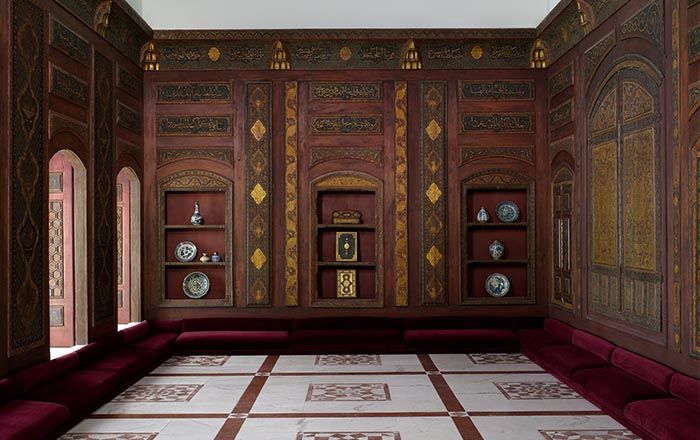Bowl with Repeating Persian Inscription Wishing for Good Fortune
Luster production reach its apex in Iran during the medieval period. Later, under Timurid rule, blue and white ceramics in imitation of Chinese examples were favored and produced in large quantities. This luster-glazed stonepaste bowl, dated A.H. 822/A.D. 1419, demonstrates a continuation of luster ceramic production into the fifteenth century in Kashan. A repeating blessing which translates to “may the end be good” or “may you have good fortune” frames an out-spread bird or heraldic phoenix. The exterior of the bowl is decorated with a continuous pattern of lotus leaves, suggesting a Chinese influence.
This image cannot be enlarged, viewed at full screen, or downloaded.

